Rate Constant and Specific Rate Constant:
According to the law of mass action, the rate of reaction is directly proportional to the concentration of reactants raised to their stoichiometric co-efficient.
| For a general reaction, aA + bB ———-> Products Rate of reaction ∝ [A]a [B]b or Rate (dx/dt) = k [A]a [B]b |
Where [A] and [B] are the molar concentrations of ‘A’ and ‘B’, ‘k’ is the constant of proportionality and is called the rate constant or velocity constant of a reaction and the above expression is called rate law equation.
| If [A] = [B] = 1 mole/litre ∴ k = Rate (dx/dt) |
Hence, velocity constant or rate constant is the rate of reaction when the concentration of all the reactants is unity. This constant is thus, also called the “specific reaction rate constant”.
Characteristics of Rate Constant:
- It is the measure of the rate of reaction, i.e., greater value of the rate constant faster is the reaction and vice-versa.
- It is the characteristics of each reaction.
- Its value is effected by the change in the temperature of reaction.
- Its value does not depend upon the concentration of the reactants.
- Its units depend upon the order of reaction.
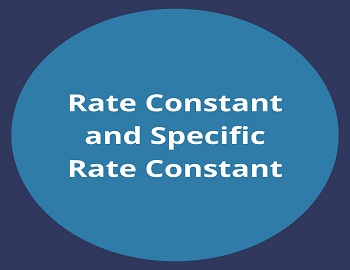

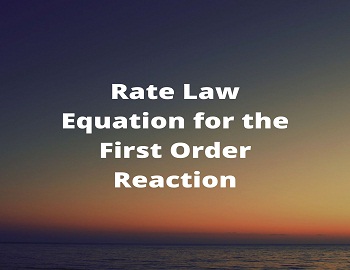
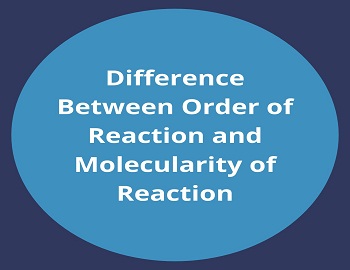
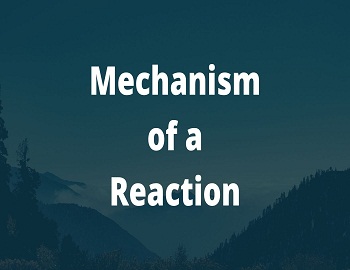


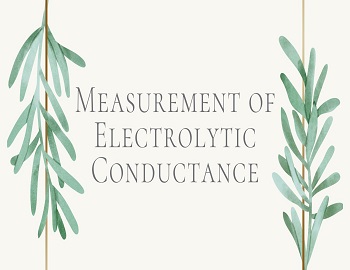

Comments (No)